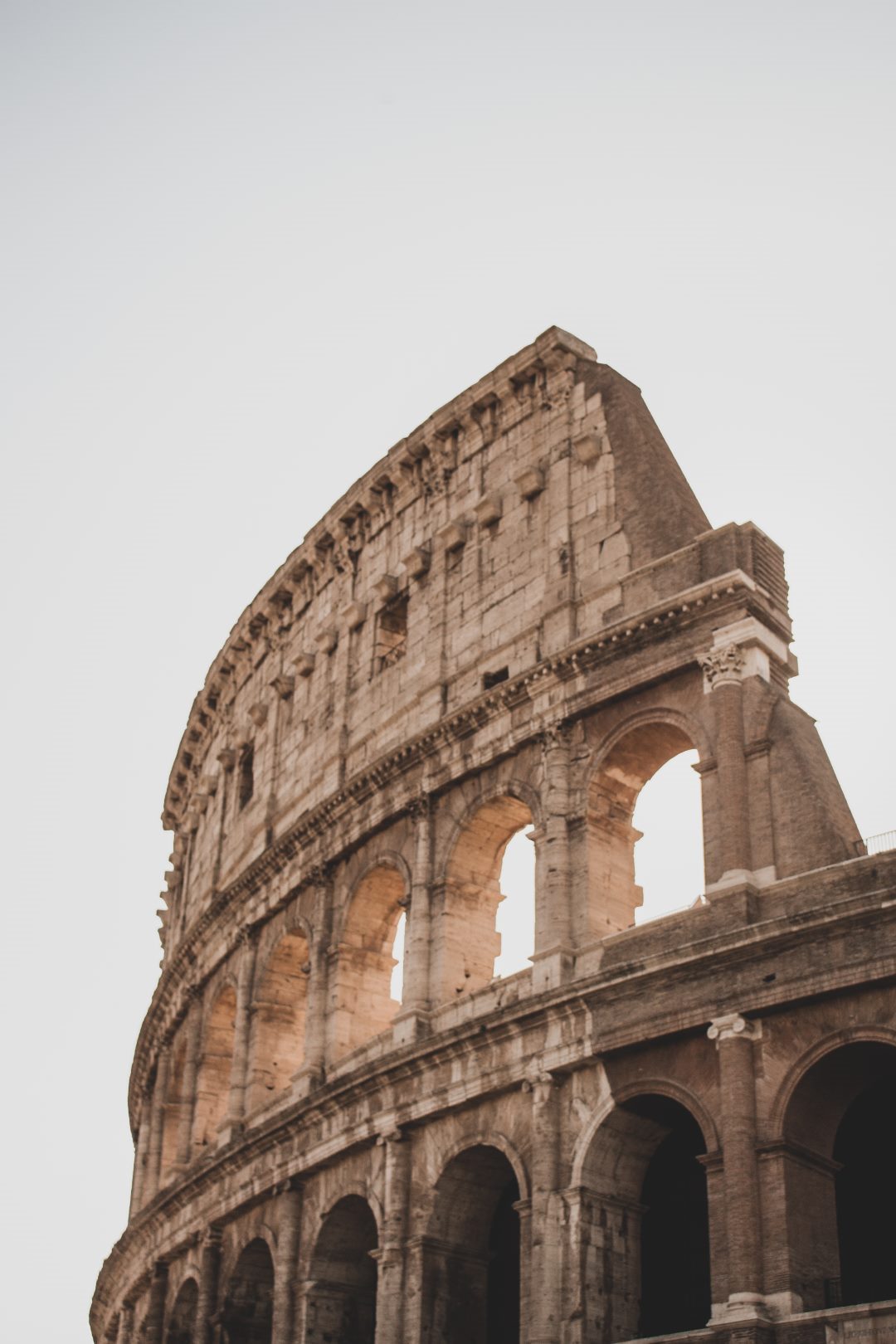The Rise and Legacy of Disco in the Big Apple
When you think of New York City, what comes to mind? Perhaps it’s the towering skyscrapers, the bustling streets, the vibrant nightlife, or the diverse array of cultures that call this city home. One cultural movement that left an indelible mark on the city and the world was disco. Borne out of the underground club scene in the 1970s, disco music and its accompanying subculture quickly exploded in popularity, cementing itself as a permanent part of New York City’s cultural history.
Disco emerged at a time when the United States was in the throes of social and political upheaval. The Vietnam War had just ended, and the civil rights movement had made great strides in advancing equality for marginalized communities. However, these changes also ushered in a sense of disillusionment and cultural malaise, leaving many yearning for an escape from the harsh realities of the times.
Enter disco. With its upbeat rhythms, infectious melodies, and hedonistic ethos, disco provided an outlet for people to forget their troubles and dance the night away. The city’s vibrant club scene was the perfect breeding ground for disco to flourish, with venues like Studio 54, Paradise Garage, and The Loft providing the soundtrack for a generation.
As disco grew in popularity, it also became a beacon of LGBTQ+ culture and liberation. The community found refuge in the disco scene, where they were free to express themselves and let loose without fear of persecution. DJs like Larry Levan, Frankie Knuckles, and David Mancuso became icons of the movement, using their music to unite people from all walks of life under one common roof.
Despite its meteoric rise, disco faced intense backlash from certain segments of society, culminating in the infamous “Disco Demolition Night” at Chicago’s Comiskey Park in 1979. However, its influence on music and culture cannot be overstated. Disco paved the way for dance music, hip hop, and electronic music, and its legacy lives on in the countless songs, movies, and TV shows that pay homage to the movement.
In this blog series, we’ll explore the history, culture, and legacy of disco in New York City. From the club scene to the fashion trends to the iconic musicians and DJs, we’ll examine every facet of this cultural phenomenon that continues to captivate audiences to this day.
Disco in New York City
New York City is the birthplace of disco music, and it’s no surprise that the city’s vibrant nightlife scene is still heavily influenced by the genre today. During the 1970s, disco music exploded in popularity, and New York City was at the center of the movement, with clubs like Studio 54, Paradise Garage, and The Loft drawing in crowds from all over the city.
One of the most famous disco clubs was Studio 54, located in Midtown Manhattan. It was known for its extravagant parties which regularly attracted celebrities, and was one of the hottest spots in the city during the 1970s. Another legendary club was Paradise Garage, which was located in Lower Manhattan and known for its underground dance scene. The crowd at Paradise Garage was diverse and inclusive, and DJs were known for playing extended sets that could last for hours.
The Loft was also a popular disco club during the 1970s, and it is credited for being the first underground dance club in New York City. Located in SoHo, the club was known for its eclectic music selection and intimate atmosphere, and it attracted a diverse crowd of music-lovers from all over the city.
Another iconic disco club was Danceteria, which was located in the East Village. The club was known for its eclectic mix of music genres, and it was a popular hangout spot for artists, musicians, and other creative types. The club also had multiple levels, each with its own dance floor and unique atmosphere, making it a favorite spot for party-goers who wanted to experience a variety of different vibes.
Beyond the disco scene, New York City has long been known for its vibrant nightlife culture. Today, visitors can experience everything from posh rooftop bars to underground clubs, with something to suit every taste and style. Some other popular spots include The Rooftop at The Standard, The Bowery Ballroom, and Webster Hall, all of which offer their own unique experiences and vibes.
Overall, New York City’s disco and nightlife scenes have had a lasting impact on the city’s culture and history. Whether you’re a lifelong disco fan or a newcomer to the scene, there’s something special about experiencing the energy and excitement of the city’s most legendary clubbing spots.In conclusion, disco music has left a significant impact on the culture and nightlife of New York City, and its influence can still be seen and heard today. From the iconic Studio 54 to the countless dance clubs and parties throughout the city, disco provided a much-needed escape from the harsh realities of everyday life for many New Yorkers during the 1970s. Today, while the disco era may have ended, its spirit and energy continue to live on in the music, fashion, and dance styles of subsequent generations. Whether you’re a fan of classic disco or enjoy modern-day dance music, there’s always a place in New York City where you can let loose and dance the night away. So put on your dancing shoes and get ready to boogie down in the city that never sleeps!
Table of Contents

